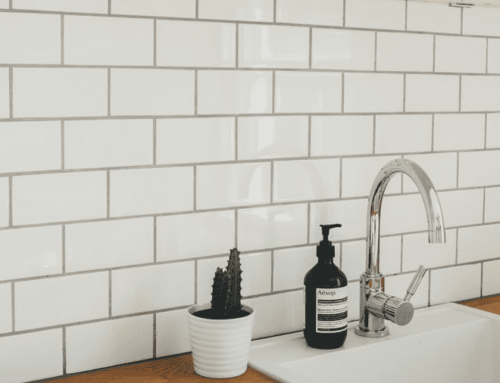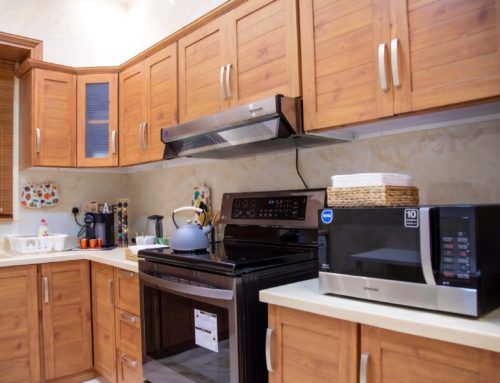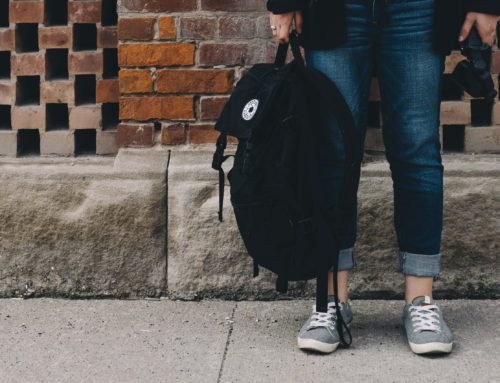
Hoarding is a compulsive mental disorder associated with a pattern of behavior that makes it extremely difficult for an individual to discard their possessions. Hoarder’s actions include an excessive gathering of things and a solid unwillingness to give them up, even filled to the brim living spaces. These behaviors commonly result in stress, impairment, and even personal safety can become a real issue. Crystal Cleaning offers 6 successful decluttering tips for hoarders.
How to Prevent Hoarding Tendencies
Do you think you have a hoarding issue? First, it may be good to ask yourself why and how you’ve managed to accumulate so much stuff. What purpose do all of these items serve? Do all these things make you happy? Or, are you beginning to realize that your home is a storage facility for useless stuff? Does another object or possession fulfill the same purpose? How critical are these pieces to your happiness? Imagine seeing your space through the eyes of a friend. Would you be worried about yourself? Or would others agree that everything in your home serves an essential purpose? To stop or prevent hoarding behavior, you need to be critically engaged in your actions. Here are 6 successful decluttering tips for hoarders.
1. Keep Tabs on Your Habits
Start by knowing your hoarding tendencies. Then, ask yourself: What’s one thing you notice you save a lot of and could throw away to save space? Once you throw it away and see how much more room you have, you’ll want to find something else. Pick something new each week.
Work in increments of 5 or 10 minutes max in one area. If you can, donate your items that someone else could still use. However, if it’s not clothes or kitchen items, really be sure they are items that someone else might want. The bathroom is an excellent place to start. When you go to declutter larger spaces, do so with the aid of family or friends.
Start by making a routine of taking out the trash and recycling. This process is helpful because it allows hoarders and their support groups to throw out even more trash as time goes on. The following steps include how to tackle each room within the house from a trash standpoint. Go to one room at a time to begin the decluttering process.
2. The Kitchen Needs a Makeover
As you begin the process, try starting with the kitchen. Leftover food, rotten food, and other organic products can pose certain health risks. On the other hand, a dirty kitchen also smells terrible, so cleaning and decluttering can bring about a sense of freshness and positivity.
First, tackle the sink by washing pots and pans, recycling old Tupperware containers, and focus on removing potentially harmful bacteria and germs from home. Next will be to do a thorough clear-out of the fridge. You’ll likely discover a surplus of expired and rotten food inside, so be sure to make checking for food that’s soon to expire as well. Once complete, slice a lemon and place it in the fridge to keep nasty odors at bay.
3. Cleaning Out the Bedroom Closet
Begin the decluttering process in your bedroom with your laundry. Pile up clothing that will stay with you and form and a separate pile of garments to wash and donate to a charity or organization. Wash everything with some natural, or even homemade, laundry detergent.
When your clothes come out of the dryer, ask yourself critically if you’re ever going to wear them again. Complete this task with an impartial support person who can help you or have your hoarder friend/family member make these decisions.
Fold and put away all the clothes that you’ve decided to keep and rganize our closet in much the same way. As a way to combat negative feelings, remind yourself of the people you’ll be helping when you donate your old clothes to charity. Try to associate decluttering with positive thoughts.
4. Tackle the Bathroom Next
Now head to the bathroom and throw out any old personal care products, or donate rarely used ones to someone who will benefit from them. Next, dispose of all leftover prescription medications. Next, wipe and clean the countertops, toilet, shower/bathtub, floors, and glass surfaces.
Sanitizing is essential to dispose of as festering bacteria, feces, urine, and other things can present dire health concerns. Make this process a part of a regular cleaning routine.
5. Make Your Living Space Livable Again
Living rooms and recreational space are typically where most of the hoarding takes place. Things like mantelpieces and coffee tables can quickly become covered in newspapers, magazines, and the like. These places are likely the most heavily populated areas of the home. Therefore, living spaces can be touchy places for people with hoarding tendencies. The living room can elicit some of the strongest emotions.
Cleaning the space from top to bottom is task number one. If you have carpet floors, consider bringing in a carpet steamer or professional cleaner to get into the material. Use shelves and totes to bring order to your space and develop a system to see the value in your organization and cleanliness.
6. Call Crystal Cleaning to Help with Hoarding!
Decluttering and solving a hoarding problem isn’t about simply throwing everything out and adapting to a minimalist lifestyle. Of course, you’re entitled to hold onto things that you cherish. However, adding a sensibility and dedication to cleaning and organizing your space can be hugely beneficial to correcting a damaging behavior.
Crystal Cleaning can help you declutter and clean your house. Learn about our Rotation Cleaning System and then call us to schedule a FREE estimate!





